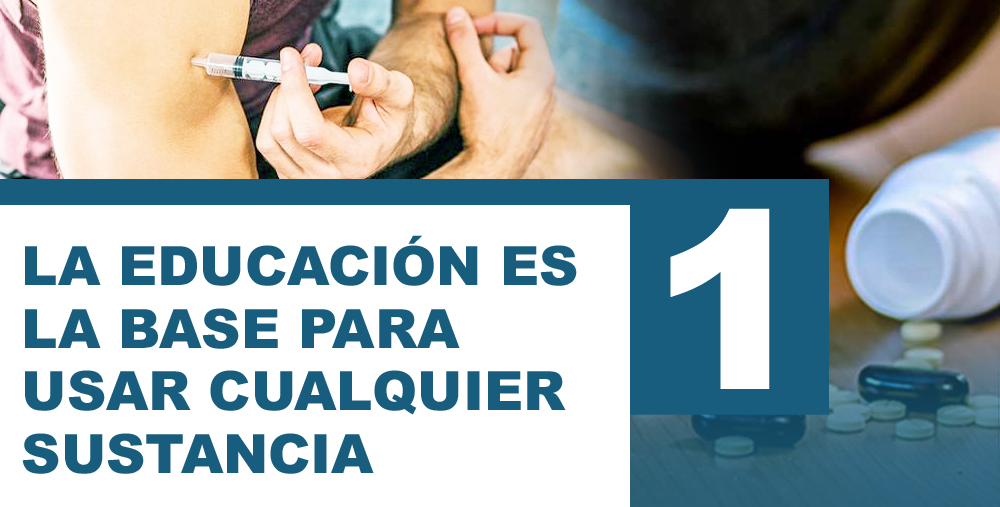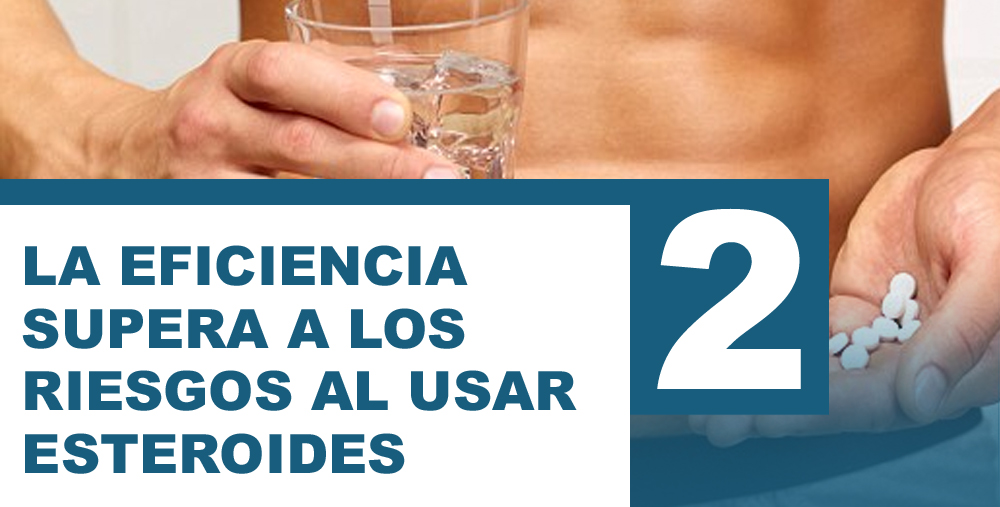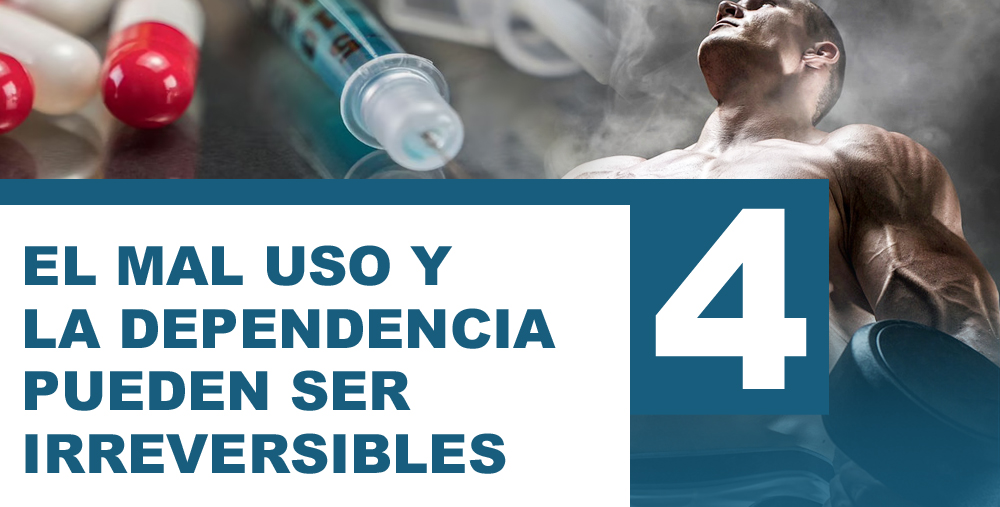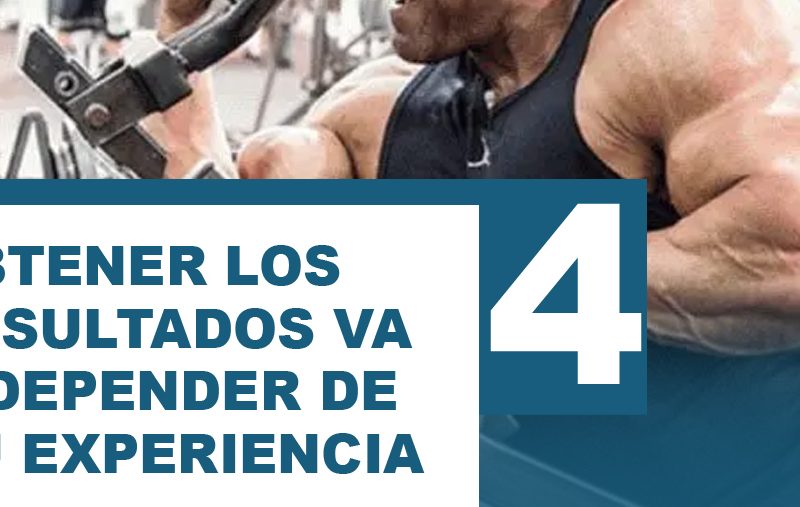Education on the use of anabolic steroids is a determining factor in setting goals and not in healing problems.
The term ” anabolic steroids ” generally refers to synthetic substances related to natural male sex hormones, such as testosterone, which itself could be described as an anabolic steroid in the true sense.
The term “anabolic” means tissue building and this to be clear in every sense.
Anabolic agents are powerful promoters of protein synthesis and therefore are used for building muscle.
anabolic steroids are usually androgenic, which means that they improve male characteristics: body hair, muscles, male genitalia and deep voice.
They are prescription drugs with medical uses that include the treatment of delayed puberty, wasting conditions, and osteoporosis. But often they are used by bodybuilders and weightlifters without a prescription, taking advantage of the weaknesses of the occasional federation or according to their sense of aesthetic or sporting goals.
For informational purposes only, we analyze some topics that are popularizing you and are requested by our friends, who share their doubts and conclusions, which are not always the best in this regard.

Anabolic steroids : their adverse effects
anabolic steroids can have several effects on the body, including the following in the case of dependence or misuse of the compounds:
- Acne and cysts of all kinds.
- Breast growth and testicle shrinkage.
- An enlarged prostate.
- Growth of facial hair,
- Changes or cessation of the menstrual cycle in women.
- Heart problems, including strokes.
- Liver diseases, including cancer
- Aggressive behavior.
- Erectile dysfunction.
Continued use of substances that come in oral or injectable versions can cause the body to stop its natural production of testosterone in the testicles, thus shrinking them.
Breasts can become enlarged in men (gynecomastia) because estrogen is also found in the metabolic pathway of anabolic steroids, called aromatization.
Precursors and human growth hormone, estrogen antagonists and substances for the maintenance of the testes (HCG) are in common use and, in general according to the use of these anabolic steroids they can have certain effects on the axis or on any system.

Anabolic steroids : your sports use
The use of these products by athletes has become widespread, especially athletes for whom speed and strength are important competitive characteristics.
The effects of increasing muscle mass and decreasing body fat are desirable in a variety of sports and competitive bodybuilding, although for a long time this was handled in the underworld, both because of its illegality and because of the types of anti-doping technology that were emerging.
- Among many other examples, Ben Johnson, the Canadian sprinter who won the Olympic gold medal in the 100 meters in 1988, used stanozolol and was ultimately disqualified
- Likewise, Maradona’s “legs cut off” at the 1994 World Cup was linked to the use of Ripped Fuel, which contained ephedrine, a compound banned by FIFA.
In the modern era, professional athletes tend to avoid common steroids and use more sophisticated methods, perhaps with natural testosterone and human growth hormone, which are more difficult to detect in abnormal amounts in blood tests. blood or urine.
anabolic steroids are easily detected, although masking agents have been used with some success, making detection difficult by sports doping authorities.
Undoubtedly, as Raúl Carrasco, an exponent of international professional bodybuilding, explains to us, in a certain sense one has to stop competing to maintain health and that is the key.
Anabolic steroids: how they are taken
When taken orally (in pill form), there is an increased risk of liver damage and some anabolic steroids break down in the stomach and digestive tract so that they do not work.
Because of this, the most effective method is to inject, although needles have their own health risks. Creams and gels that absorb through the skin are also popular, although less commonly used.
- Stacking is a usage pattern of taking two or more types of oral or injectable steroids in hopes of better results. Doses are variable and can be many times the therapeutically administered dose for various medical conditions.
- Cycle is the most popular protocol of use and involves taking any of the anabolic steroids for a period, stop (to allow the body to resume normal processes) and then start again. This can be done with pyramidal doses, however everything remains in theory, since many ignore the “recovery”.
In bodybuilding and fitness, athletes often use peptide hormones, growth factors and anabolic androgenic steroids (AAS), growth hormone (GH), testosterone, insulin and growth factor 1 (IGF- 1).

The moot point is that when athletes take GH and (IGF-1), it is initially difficult to detect but in the meantime, the effects of those substances in the body are noticeable as the intestines enlarge, causing them it makes you look like a pregnant woman and stomachs split open and a large space is created.
GH allows all organs of the body to grow, including the heart, brain and testicles, depending on the number of receptors the athlete has.
Ethical and moral aspects
However, there are exceptions, for example, to using such preparers, as athletes with chronic illnesses or other complications can request a written permission from a doctor to take drugs classified as dopants or even anabolic steroids .
This can apply from amphetamine to growth hormone. But, how ethically or morally correct is this? … everything remains in a let’s see! …
Surprisingly, doping methods that may be a future problem are gene doping, which involves the transfer of nucleic acid polymers and the use of normal or genetically modified cells.
At the moment, this method is expensive, but if it becomes cheap in the future, it will be a great change in the sport and a problem that will become ethical under any circumstance, whether competitively or not.
Everyone moves as they have to move in this field and we are not the ones to distinguish between what is moral or not, although the laws are for that … well, what is legitimate is not always legal and what is legal is not always legitimate … But, at MASmusculo we are here to advise on health and well-being, following a rule and complying with both health and sports regulations and laws.
The psychological aspects of athletes
How far would athletes go for an ideal physique? … in the pursuit of superhuman strength, bodybuilders are pushing themselves to the max, from better developing the bench press or deadlift to new techniques with dumbbells, kettlebells or bands.
Goals include increasing muscle mass, reducing body fat, surpassing personal records, and winning competitions. But when does healthy training become a dangerous obsession?
Definitely, the health implications is the critical point because reaching a natural detoxification process.
Sometimes full recovery is literally impossible after a short or long time.
Many athletes, even youngsters, don’t even seriously monitor their preparations, only to take the blame.
This includes the lack of interpretation of your blood tests about your hormonal, system or organ markers (1).
Muscle dysmorphia, also known as “bigorexia” or “reverse anorexia,” is a type of body dysmorphic disorder (BDD), in which people believe that they do not have enough muscle.

It is a mental disorder that also has physical consequences, including the potential to fuel addiction to bodybuilding and the abuse of anabolic steroids .
In a scientific review of the literature (1) on muscle dysmorphia, it was found that the main symptoms are:
- Spending three or more hours a day thinking about getting more muscular.
- Believing they have little control over bodybuilding.
- Having diet and exercise regimens that interfere with their lives.
- Avoid activities, people and places due to concerns about the muscles.
- Engaging in camouflage and body surveillance behaviors, such as looking in the mirror or obsessively wearing baggy clothing.
Research consistently shows that people with muscle dysmorphia are more likely to use anabolic steroids and suffer from eating disorders.
Dependence and abuse are real
Any type of drug can be addictive, whether in a scenario of condition, illness or performance, sports or not.
This means that you can develop a tolerance to them, experience cravings and need more to achieve the same effect without thinking that there are natural supplements that can emulate those effects.
If an athlete is taking high doses or has been using for a while, withdrawal symptoms are likely.
If it stops suddenly, such as depression, fatigue, muscle and joint pain, headaches, insomnia, and in some cases suicidal thoughts for example.
Psychological dependence can also develop, including beliefs about why you need to use anabolic steroids .
Psychological cravings can be as powerful as physical cravings in abstinence.
For all these reasons, it would be fantastic to hear the words of Raúl Carrasco, who gives us a Master Class on what it means to use them and their effects on the body.


